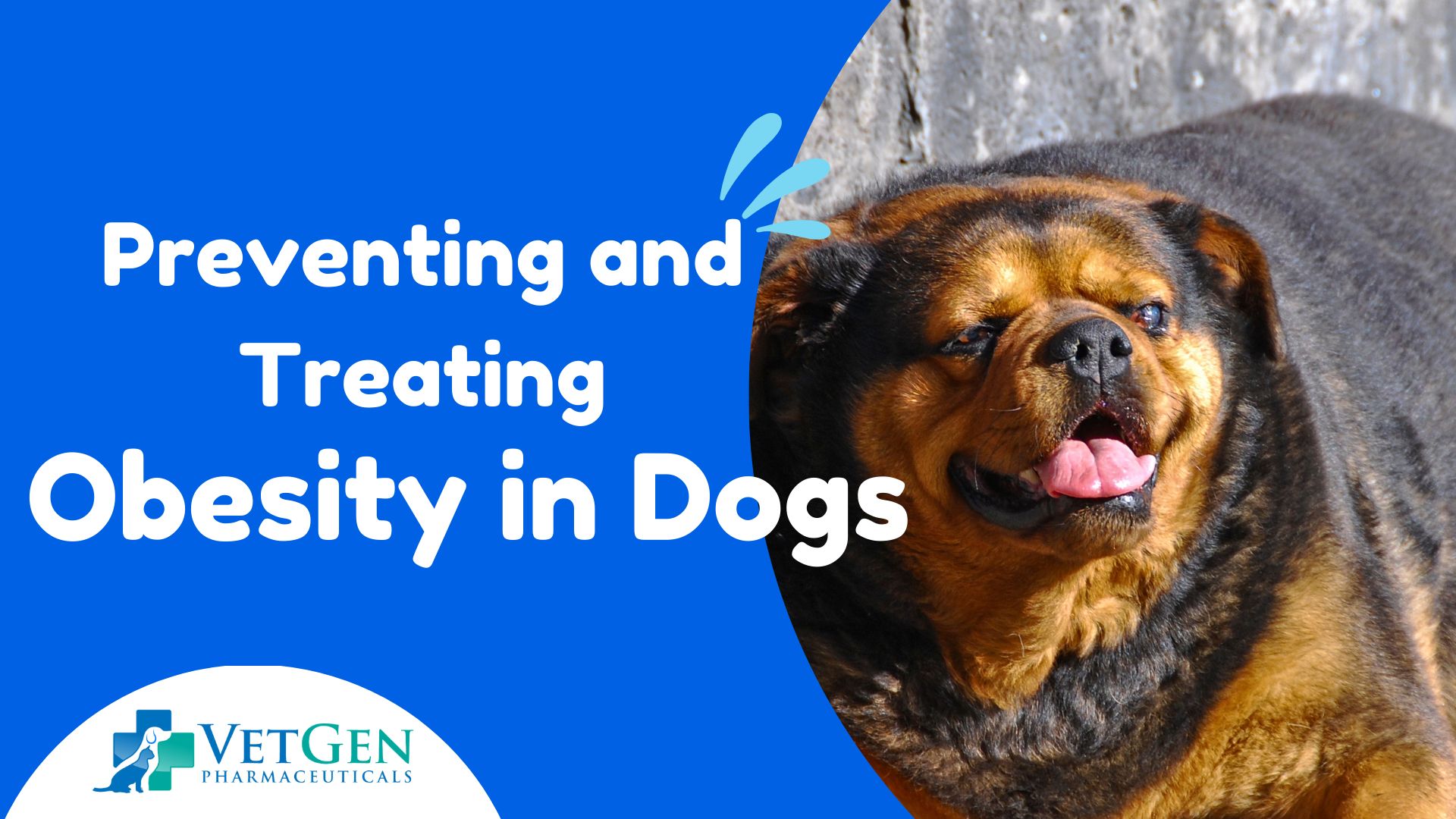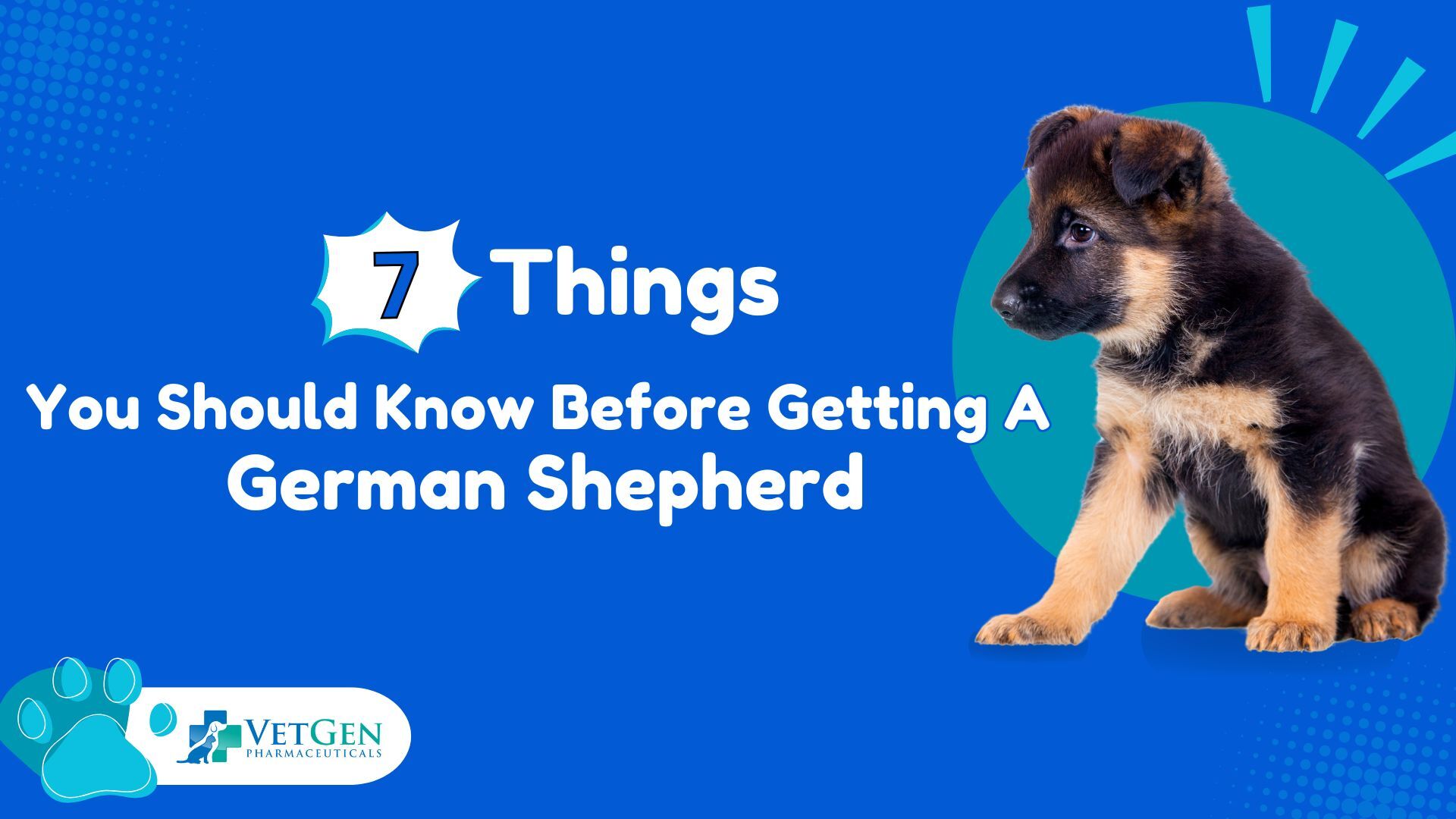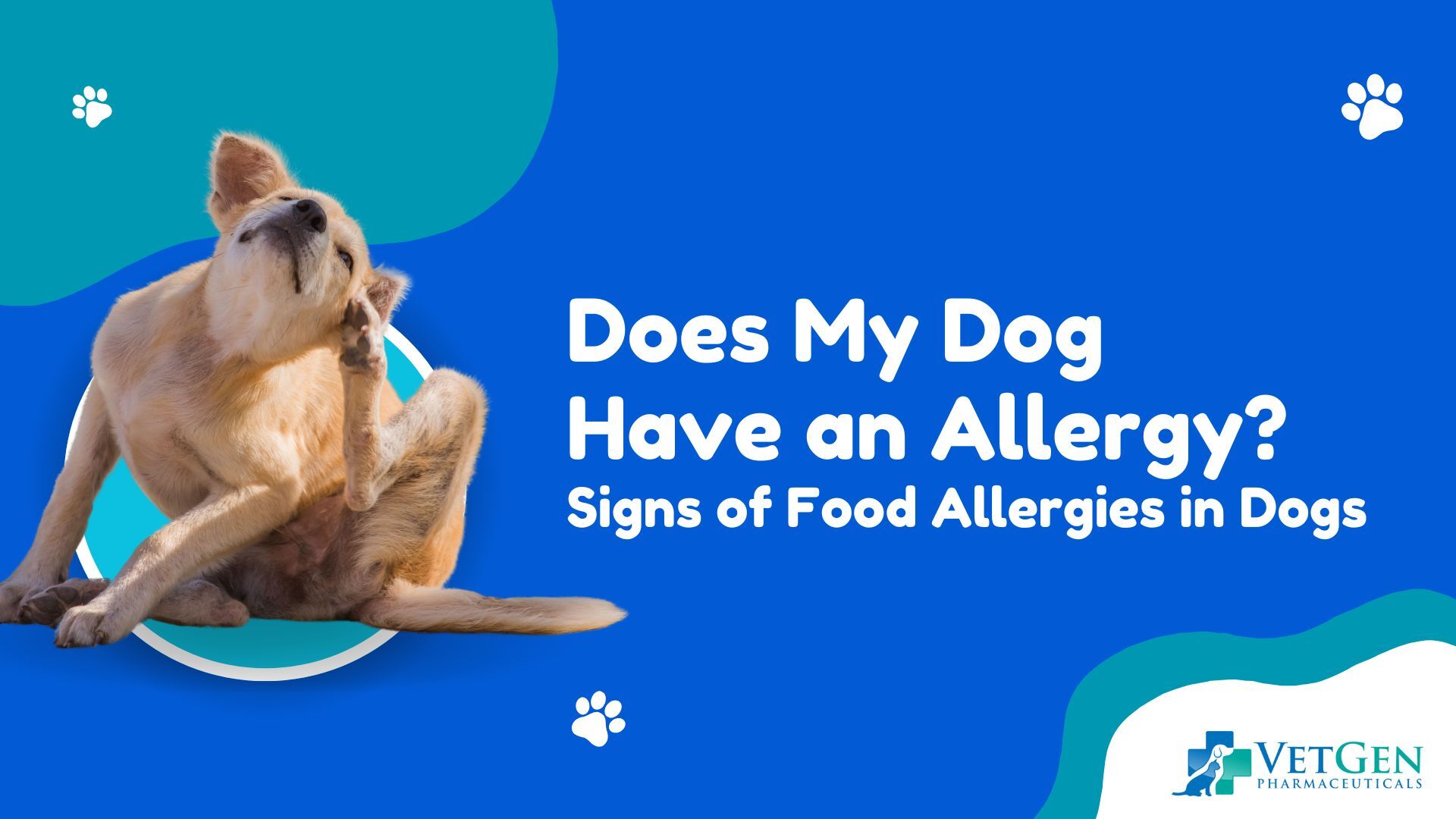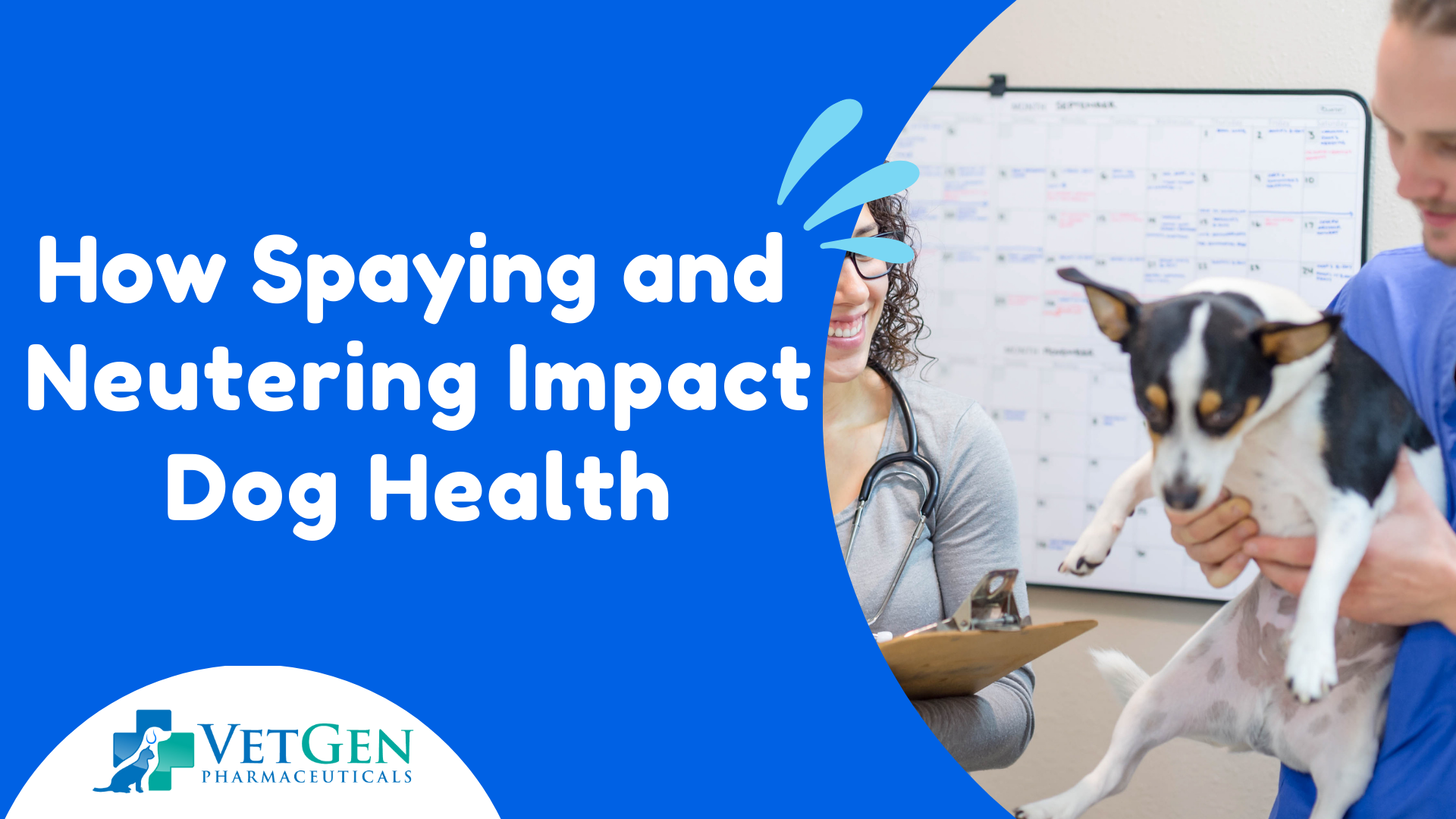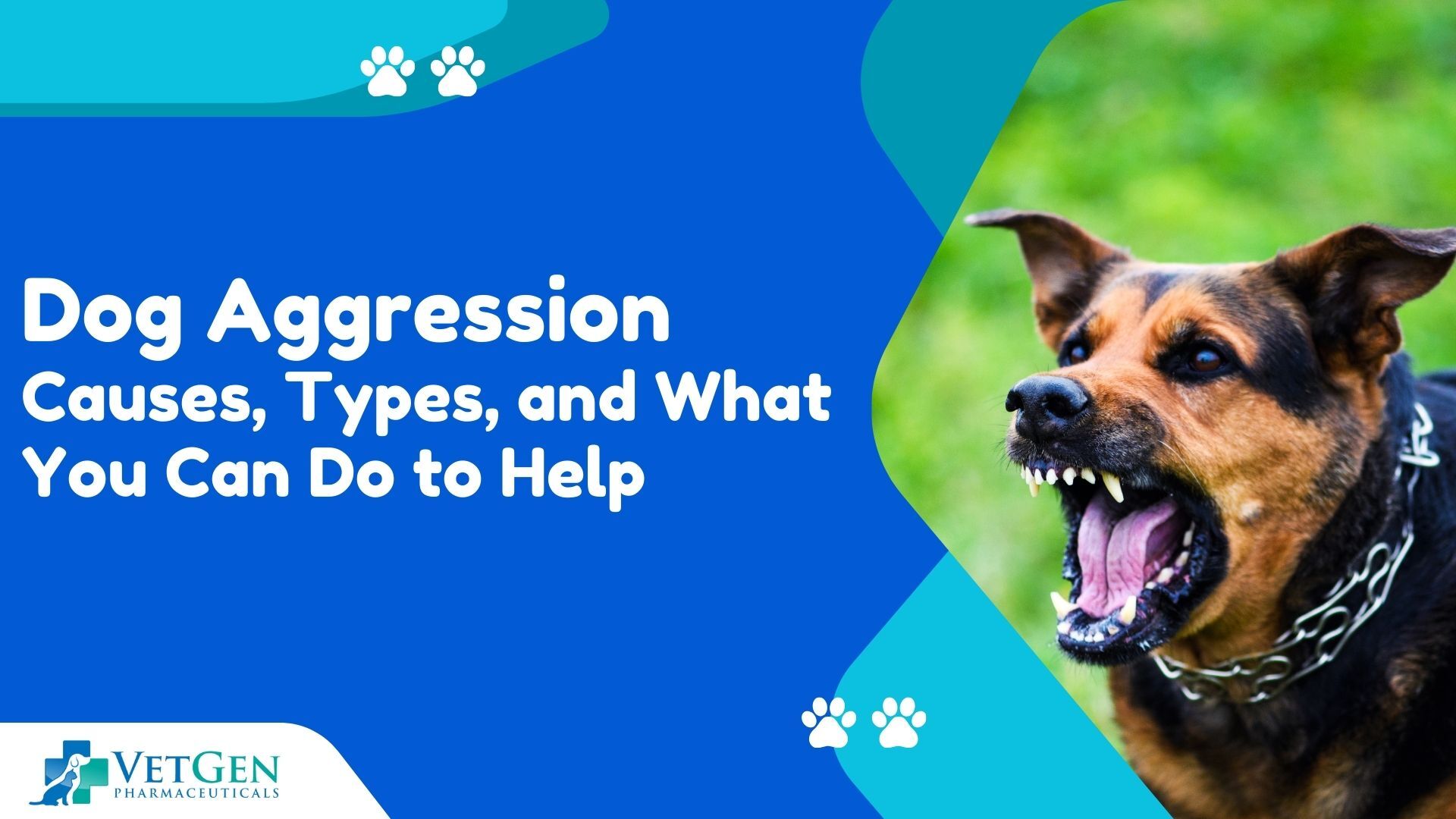Table of Contents
Obesity, or being overweight, in dogs, is a prevalent issue all over the world. Not only does it affect the quality of their lives, but it also contributes to their general health. In 2022, the Association for Pet Obesity Prevention revealed that 59% of dogs in the USA were obese or overweight.
Several studies have linked obesity as the leading cause of several medical and chronic diseases, such as joint diseases, diabetes, respiratory, liver, kidney, urinary issues, intolerance to hot weather, and tumors and cancer.
In addition to contributing to several diseases and shortening the life span of your canine buddy, the mental stress and financial strain, especially if you love your pet as family, it places on you as a pet owner, can be overwhelming. Since the impact of obesity cuts across every segment of a dog health, it’s crucial to take some steps to prevent and treat this epidemic. The sooner you begin, the better for you and your pet.
In this article, we will discuss how to prevent and treat dog obesity.
Ways to prevent obesity in dogs
Here are science-backed ways to prevent obesity and promote healthy dog weight:
1. Consult with a veterinarian
Consulting with a veterinarian is the first step in preventing obesity in dogs. A vet will provide guidance on the proper dog diet tips and exercises that will meet the unique needs of your pet and recommend the right weight loss plan.
2. Track your dog’s weight
Another dog obesity prevention technique is regularly tracking their weight and body condition at the veterinarian clinic. This will help you identify signs of weight gain early and make adjustments to prevent further weight gain.
3. Feed your dog a balanced diet
Provide a healthy and highly nutritious balanced diet with vegetables and real meat for your dog. Don’t incorporate artificial ingredients or fillers in their diet. You can ask the vet to help you choose the most appropriate for your dog. This is because different breeds and life stages for dogs may require unique nutrient profiles.
Based on the general nutrition guidelines for dogs:
- Puppies require foods with nutritional profiles that are designed to aid their growth, instead of a general product.
- To support growth at a natural rate and reduce the chances of developing orthopaedic issues at the latter stages of their lives, large breed puppies require a unique nutritional profile compared to small breed puppies. Consult with your veterinarian for recommendations on the best age to switch from a puppy-formulated diet to an adult diet.
- Adult dogs have different nutritional needs compared to puppies; therefore, puppy formulas are not ideal for them.
- Senior dogs adapt and age differently. Many need a nutrient profile different from what they’ve been fed over the years. Therefore, you should evaluate and tailor senior dogs’ diets on an individual basis.
- Dogs suffering from some medical conditions or diseases may require specific nutrient needs.
4. Provide measured and smaller feeding portions
In addition to regulating dog nutrition, providing measured and smaller feeding amounts plays a role in preventing obesity. Many labels on dogs’ food bags and cans do not provide (most are overestimated) the recommended portions of food your dog needs to consume daily. So, don’t be attracted by those shiny ads; instead, fall back to a veterinarian for recommended portions of food for your beloved canine buddy.
Furthermore, another way to regulate the amount of your dog’s calorie intake is to simply feed them less. As a general rule of thumb, begin by reducing their daily food intake by 10%. If you’re not seeing any improvement in your dog’s weight, you can reduce it by a further 10%. Don’t forget to reach out to a veterinarian for medical advice.
According to a study on dog health, veterinarians recommend that meeting certain nutritional requirements can help prevent dog obesity. They include providing less amount of food, and plenty of water, avoiding snacks, reducing amounts of fats, and increasing dietary fibre and protein.
5. Reduce treats
Reducing treats is another canine weight management technique. Most treats have high calories that result in weight gain. Therefore, opt for low-calorie treats or instead substitute them for vegetables or fruits.
Also, if you intend to provide any dietary snack, you can compensate for it by reducing your dog’s food intake during mealtimes. For instance, if you provide your dog with 20 grams of biscuits and 30 grams of chew daily, you can reduce your dog’s food intake by 50g to counterbalance the treats.
6. Provide mental stimulation and interactive feeding toys
Mental stimulation plays a role in your dog’s mental health. Providing your dog with toys and games will help keep them healthy and happy.
In addition, interactive feeding toys or enrichment feeders make your canine friend work for their food. By working on a puzzle or stiffing and finding their food, they expand a few calories and tend to eat slowly.
7. Regular exercise
Regular exercises help to prevent obesity. Exercise participation is crucial for dogs of all ages –old or young. Taking your dog for a walk or run, or playing a game of fetch can help your dog, and you, burn some calories. Surprisingly, science has proven that weight loss programs involving dogs and their owners have been effective in preventing obesity. Furthermore, it is recommended that dogs exercise for at least 30 – 40 minutes a day to boost their physical health.
Studies show that increased physical activity was linked to higher energy intake, helping dogs to achieve their weight loss goals.
8. Education
Since different breeds of dogs have various ideal weight ranges, it’s advisable to equip yourself with this knowledge. Knowing the recommended weight of your dog’s breed will provide a reference point for preventing and treating obesity.
Treatment of obesity in dogs
Treating dog obesity begins with consulting with the veterinarian. They will recommend the right course of action tailored to your dog’s unique needs. It may include changes in diet and increased physical activities. One of the popular canine obesity solutions is placing your dog on a low-calorie diet. They will recommend a low-calories diet that fits your pet’s nutritional profile and medical condition. Several tips shared may come in handy during treatment.
However, it’s worth noting that there’s not a one-size-fits-all-treatment for dog obesity. Guidance and support from the veterinarian and you will help your dog on their weight loss program.
Conclusion
Because of the health issues linked to obesity, it’s advisable to monitor your dog’s weight. In the medical field, prevention is better than cure. Therefore, you should put in effort to ensure that your dog remains fit and healthy by following the tips shared in this piece.


